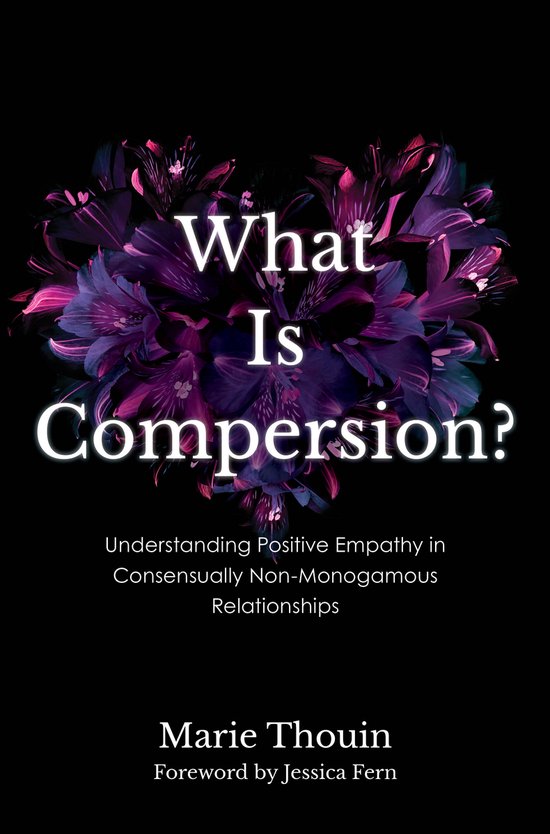
Diverse Sexualities, Genders, and Relationships- What Is Compersion?
The first comprehensive, interdisciplinary book on compersion. Drawing from philosophy, psychology, anthropology, and the helping professions, the author includes her own groundbreaking, rigorous research alongside vivid stories and practical advice from interviews with racially, ethnically, and gender-diverse people in CNM relationships.
Got jealousy? Get joy! – through empathic compersion!
What is compersion? What contexts promote or hinder its occurrence? Can we “learn” compersion, or at least invite more of it into our lives? Is compersion the “opposite” of jealousy as it is usually believed? Can learning about compersion have a wide social impact and play a role in dismantling mononormativity? This book addresses these questions and many more. The empirical data upon which this book is based draws from the author’s original qualitative study (see published dissertation here) with 17 consensually nonmonogamous (CNM) individuals who have experienced compersion, along with other relevant published literature.
This book is the first to present a comprehensive theoretical model of compersion, first identifying its core components (empathic joy; gratitude for benefits derived from a partner’s other relationship(s); and compersion as dynamic, fluid, and on a spectrum), and then combining them with the six main factors that promote or hinder compersion at individual, relational, and social levels. The individual level includes two factors: ideological commitment to CNM values and self-security; the relational level includes three factors: relational security, connectedness, and trust; integration of partner’s other relationship(s); and positive perception of partner’s other relationship(s); and the social level includes one factor: community belonging. Each one of the aforementioned themes are thoroughly explained and illustrated by original stories and quotes from the author’s research participants, giving the book a personal tone.
Another novel contribution of this book is its proposal that compersion needs to be redefined for uses in both CNM relationships and other relational contexts. To this end, two novel definitions for future use or inclusion in main English dictionaries are provided. Thus, while the content of this book is mostly targeted toward readers interested in CNM, this book will also be relevant to, and inclusive of, monogamous people interested in learning more about how compersion may apply to them.
Lastly, the book argues that understanding compersion is an important step toward dismantling mononormativity by challenging the assumption that jealousy is the only valid response to extradyadic intimacy. This point has important social justice ramifications, since research shows that CNM individuals tend to be victims of stigmatization and discrimination in social settings based on the widespread cultural belief that CNM is somehow “inferior” (socially, morally, spiritually, etc.) to monogamy. Those implications are described focusing on four areas of theory and praxis: psychology, neuroscience, and social sciences; sexuality studies; philosophy and ethics; and, the law.
| Auteur | | Marie Thouin |
| Taal | | Engels |
| Type | | Paperback |
| Categorie | | Mens & Maatschappij |